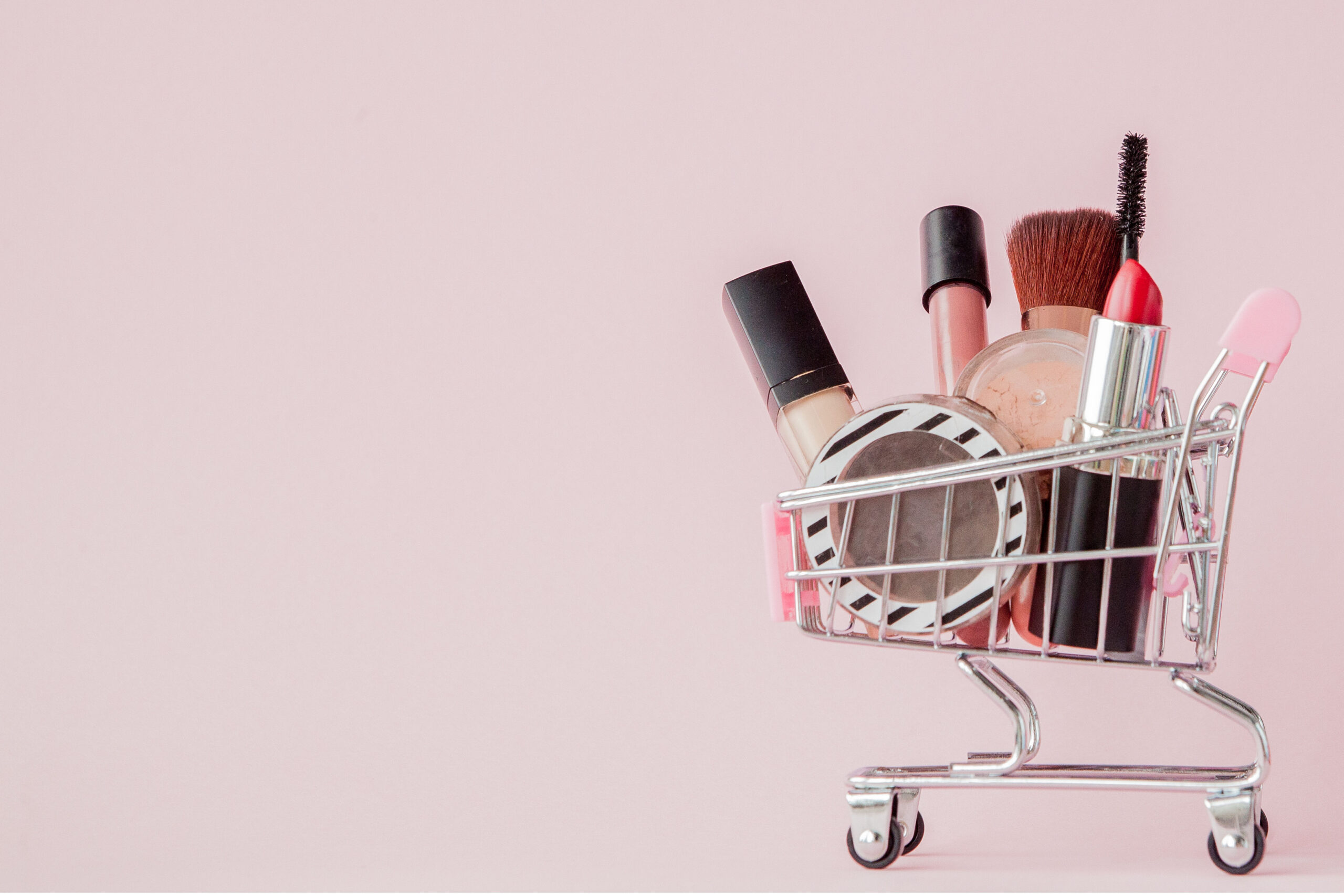August 9, 2022. Below is a summary of what happened in the EU cosmetics regulatory framework between April and July 2022. Additionally, in the end, there is a section about what will probably occur in the following months.
If you have missed what happened at the beginning of this year, you can catch up in our previous post.
What happened
- On April 29, 2022, the European Commission published the new Glossary of common ingredient names for use in the labelling of cosmetic products. It will apply as of April 29, 2023. Beauty brands shall list the cosmetic ingredients on labels following the INCI nomenclature. The Glossary includes the new INCI names published by the Personal Care Products Council (PCPC), the national trade association of cosmetics and personal care products companies. Furthermore, it amends some mistakes of the previous version. The Glossary includes 30070 names!
- On June 20, 2022, the public consultation on the revision of the EU Cosmetics Regulation closed. Considering the results, we expect the European Commission to release its proposal for revision by the end of the year.
Ingredients updates
- On July 7, 2022, the European Commission issued the Commission Regulation (EU) 2022/1176 prescribing new restrictions for the UV filters Benzophenone-3 and Octocrylene — You can check the concentration limits here. As of January 28, 2023, beauty brands can only place products on the EU market that comply with these restrictions. Conversely, they have time until July 28, 2023, to make available on the market cosmetic products compliant with the previous requirements. As of that date, non-compliant products must be off shelves.
Making a product available on the market means supplying it for distribution or use in the EU, namely, shipping a product to importers or distributors or making it available for users through the selling channels. Placing on the market, instead, means making a product available on the EU market for the first time.
- According to the Commission Regulation (EU) 2022/1181 of July 8, 2022, cosmetic products that contain preservatives releasing more than 0,001% (10 ppm) of formaldehyde (formaldehyde releasers) must bear the warning “releases formaldehyde”. Beauty brands must meet the following deadlines: July 31, 2024, for placing on the market and July 31, 2026, for making available on the market. You can read more about it here.
What is next
The EU cosmetics regulatory framework is constantly evolving, with updates every month. Beauty brands must be aware of them and promptly act to ensure their products’ compliance. Thus, in the section below, we highlight what will likely happen in the following months so that brands can already plan their compliance strategy.
Omnibus Acts
- First of all, in September 2022, the European Commission most certainly will publish the Omnibus Act V, which foresees the ban of 14 substances — Check them here. Moreover, Methyl salicylate will be restricted per category. Omnibus Act V will apply as of December 17, 2022, and there will be no adaptation time.
- Additionally, the European Commission will soon release the Omnibus Act VI, according to which 30 substances will be prohibited for use in cosmetic products — The complete list is available here. The Act will fully apply as of December 1, 2023. As of that date, manufacturers must remove from shelves cosmetic products that contain these substances.
More ingredients updates
- Furthermore, in the third quarter of 2022, we expect the European Commission to deliver a regulation banning 12 nano-ingredients. The complete list of substances is here. Regarding this, on June 10, 2022, the European Commission issued a Recommendation on the definition of nanomaterial.
- Lastly, by the end of 2022, the European Commission will likely publish a regulation that includes several new amendments to the EU Cosmetics Regulation. You can find more about it here. Specifically,
- The use of Butylated Hydroxytoluene (BHT) and Acid Yellow 3 will be permitted only within certain concentration limits;
- The allowed level of the UV filter Homosalate will be lowered;
- Piperazine and Piperazine (nano) will be added to the list of UV filters allowed for use in cosmetic products.
In light of the above, if you are a cosmetic brand, you should check your products’ formulas to verify whether they contain any of the substances mentioned in the article. If so, please make sure they meet the latest restrictions. Otherwise, start the reformulation process. Obelis s.a. can guide you through the compliance process.
Follow COSlaw.eu to remain updated on the latest cosmetic news! Subscribe for free to our monthly newsletter, and you will receive a summary of everything we have published.



Leave a Reply